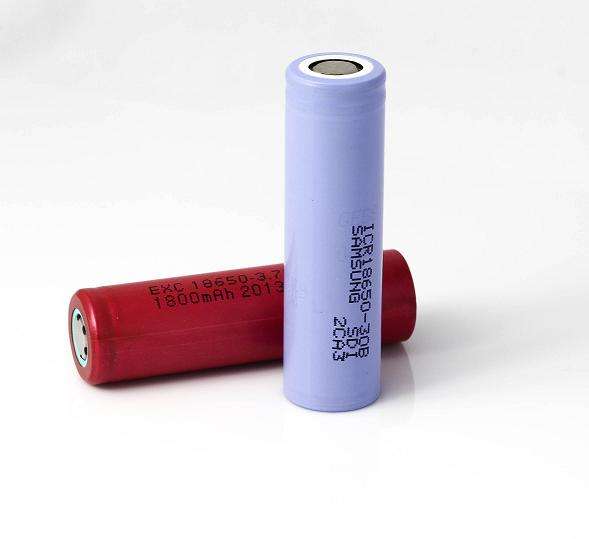
Total Lead ( total lead content ) test
In recent years, in the recall cases of CPSC , there are frequent products with excessive lead content. Lead is widely used in a variety of daily consumer goods, such as toys, children's jewelry, packaging materials, food containers, ceramic products, furniture, stationery, metal accessories, etc., which are closely related to people's lives. Excessive lead can have a major impact on the human body and the environment. For example, excessive levels of accumulated blood in children's blood can affect children's IQ. In order to ensure human health and reduce the pollution caused by the accumulation of lead in the environment, countries around the world have issued corresponding regulations or standards to control the lead content in products at a safe level. At present according to customary international standards, generally considered to be relatively safe blood lead standard should not exceed 10 - 14 micrograms / liter. Long-term exposure to lead compounds or inhalation of metal lead dust can cause various degrees of "lead poisoning" symptoms ( serum lead concentration is greater than 40 μ g per 100 ml ). Excessive inhalation of the human body can harm the nervous system, heart and respiratory system Lead to varying degrees of lead poisoning. Lead in the human body can combine with various enzymes to interfere with various physiological activities of the organism, causing harm to organs throughout the body. Children have a much greater chance of lead poisoning than adults.
The total lead content test limits
1) According to the US CPSIA " 2008 US Consumer Product Improvement Act," 2009 Nian 2 Yue 10 after day, to ASTM F963 will become mandatory standard, lead content in paint containing lead limits down to 90ppm ( although at present the requirements have been CPSC stay of execution, but the producers still obliged to meet the limited requirements ) ;
2) according to 2009 Nian 6 months, the Canadian government proposed a bill to limit consumer goods may come into contact with the mouth and everything ( including 3 years old be part of the entrance of children under design ) lead limits in from the current 600ppm changed to 90 ppm ; 3) according to the US CPSIA " 2008 US Consumer Product improvement Act," 2009 Nian 2
March 10 after day, the total lead content limit of 600 ppm ; 2009 Nian 8 March 14 after day, limit the total lead content limit of 300 ppm ; 2011 Nian 8 March 14 after day, the total lead content limit of 100 ppm .
Relevant standards for lead content testing:
1) EPA3050B / 3052
2) ASTM F963
3) Cal.65 ( California 65) 16 CFR 1303
4) CPSIA HR4040
5) 2013/65 / eu





